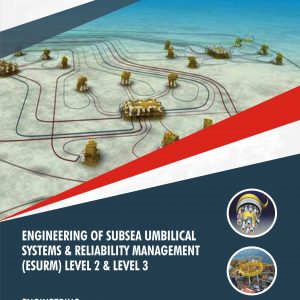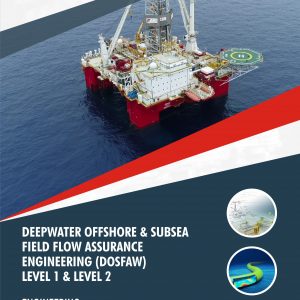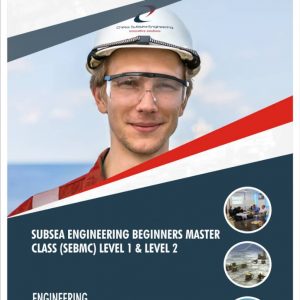Description
Drilling bit engineering involves selecting and designing drilling bits for various drilling applications. The selection process is based on a number of factors, including the type of formation being drilled, the drilling parameters, and the desired drilling objectives. The performance of drilling bits is evaluated based on their ability to drill efficiently and effectively while minimizing wear and damage.
One of the most important factors in selecting a drilling bit is the type of formation being drilled. Different types of formations require different drilling bits, as each formation has its own unique properties, such as hardness, abrasiveness, and porosity. For example, soft formations may require PDC (polycrystalline diamond compact) bits, while hard formations may require tungsten carbide insert (TCI) bits.
The drilling parameters, such as weight on bit, rotary speed, and mud properties, also play a significant role in the selection of drilling bits. These parameters determine the optimal design of the drilling bit to minimize damage and increase efficiency.
When evaluating the performance of a drilling bit, several factors are considered, including rate of penetration, bit wear, and bit damage. The rate of penetration measures the speed at which the bit drills through the formation, while bit wear and damage are indicators of the bit’s durability and ability to withstand the drilling process.
To optimize drilling performance, it is important to continually monitor and evaluate the performance of drilling bits. This can be done through the use of drilling data analytics, which can provide insights into the performance of the drilling bit and identify areas for improvement. Additionally, advanced technologies such as downhole vibration sensors and imaging tools can provide real-time feedback on drilling bit performance, allowing for immediate adjustments to be made to optimize drilling operations.
DBTGDEFT Level 1 & Level 2 covers Drill Bit Types, Bit Design, Rock Failure Mechanism, Drill Bit Classification, Bit Selection, Bit Evaluation, Bit Performance and more.
Course Outlines
Section 1: Drill Bit Types
Section 2: Bit Design
Section 3: Rock Failure Mechanism
Section 4: Drill Bit Classification
Section 5: Bit Selection
Section 6: Bit Evaluation
Section 7: Bit Performance
Assessment
Participant underpinning knowledge of drilling bit engineering, classification, selection & performance evaluation will be accessed with short answer multiple choice questionnaire at the conclusion of the course.
Outcome
Participants will gain an in debt understanding of drilling bit engineering, classification, selection & performance evaluation. They will also be able to function with minimum supervision as Well Engineer or Field Engineer for IOCs, drilling contractor or drilling procurement vendors.
Professional Certificate
Issued directly by Chess Subsea Engineering Europe.
How to Register
Click here to download registration booklet on msword and email completed booklet to info@chesssubseaengineering.org directly.










